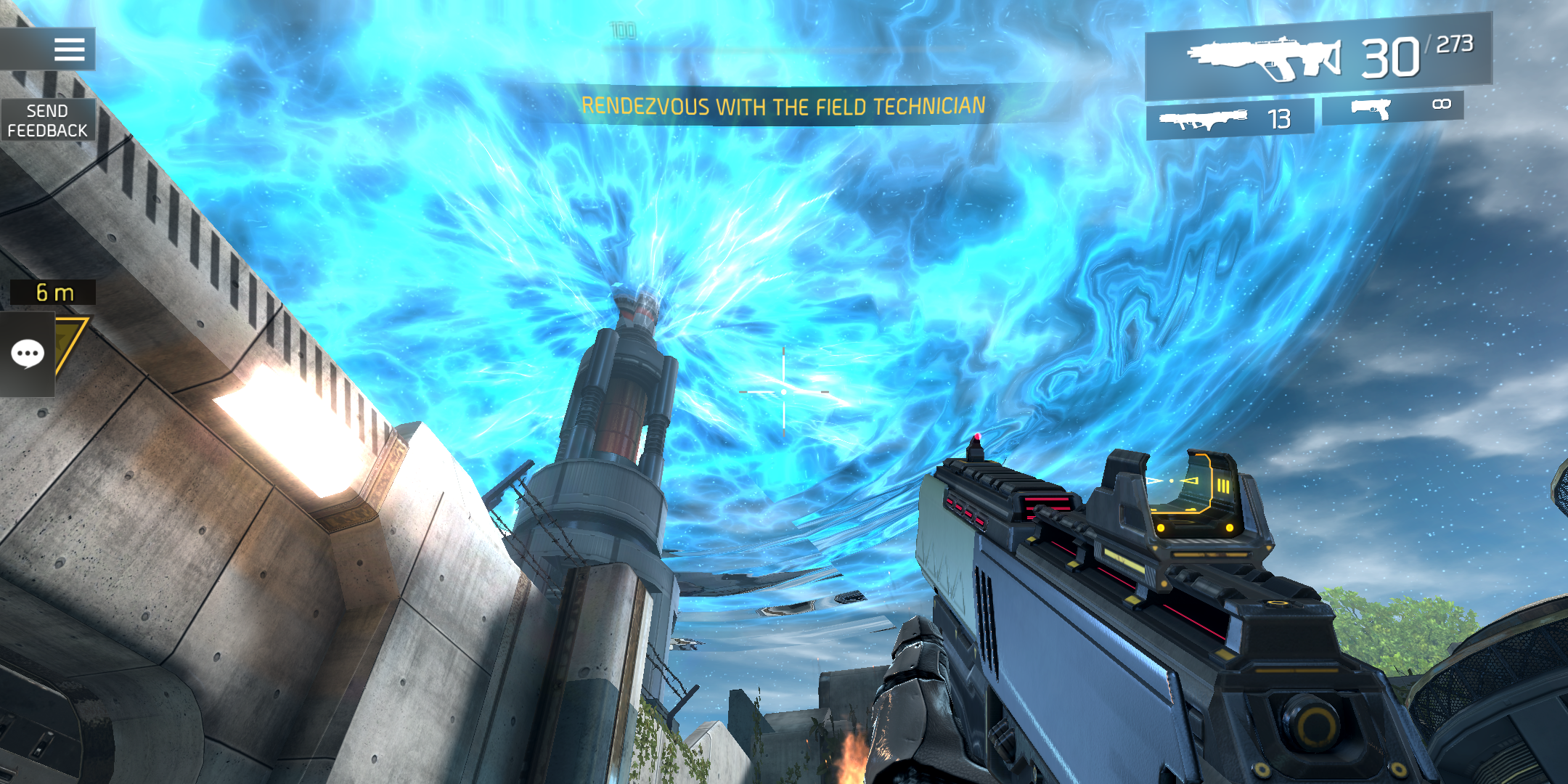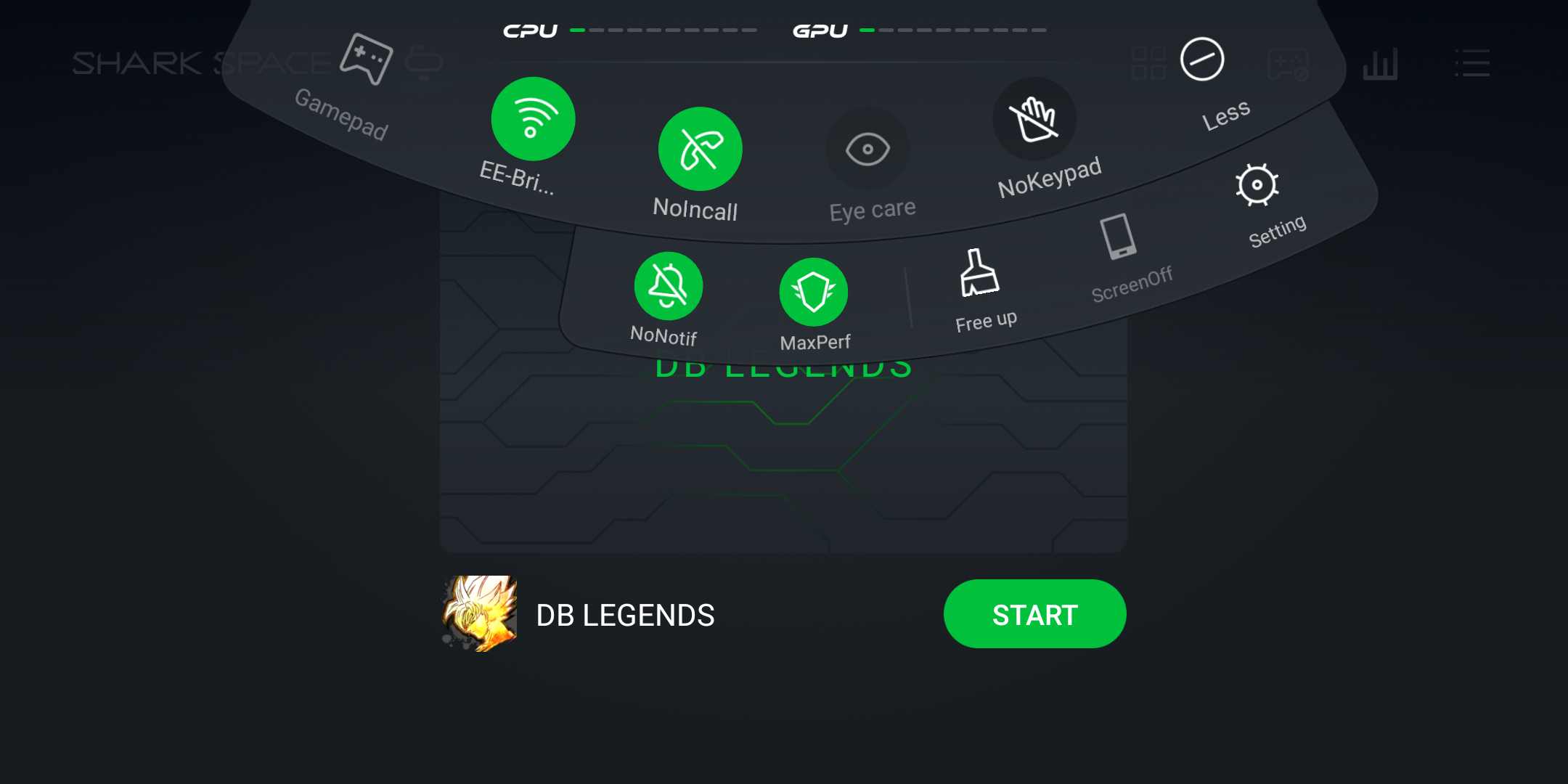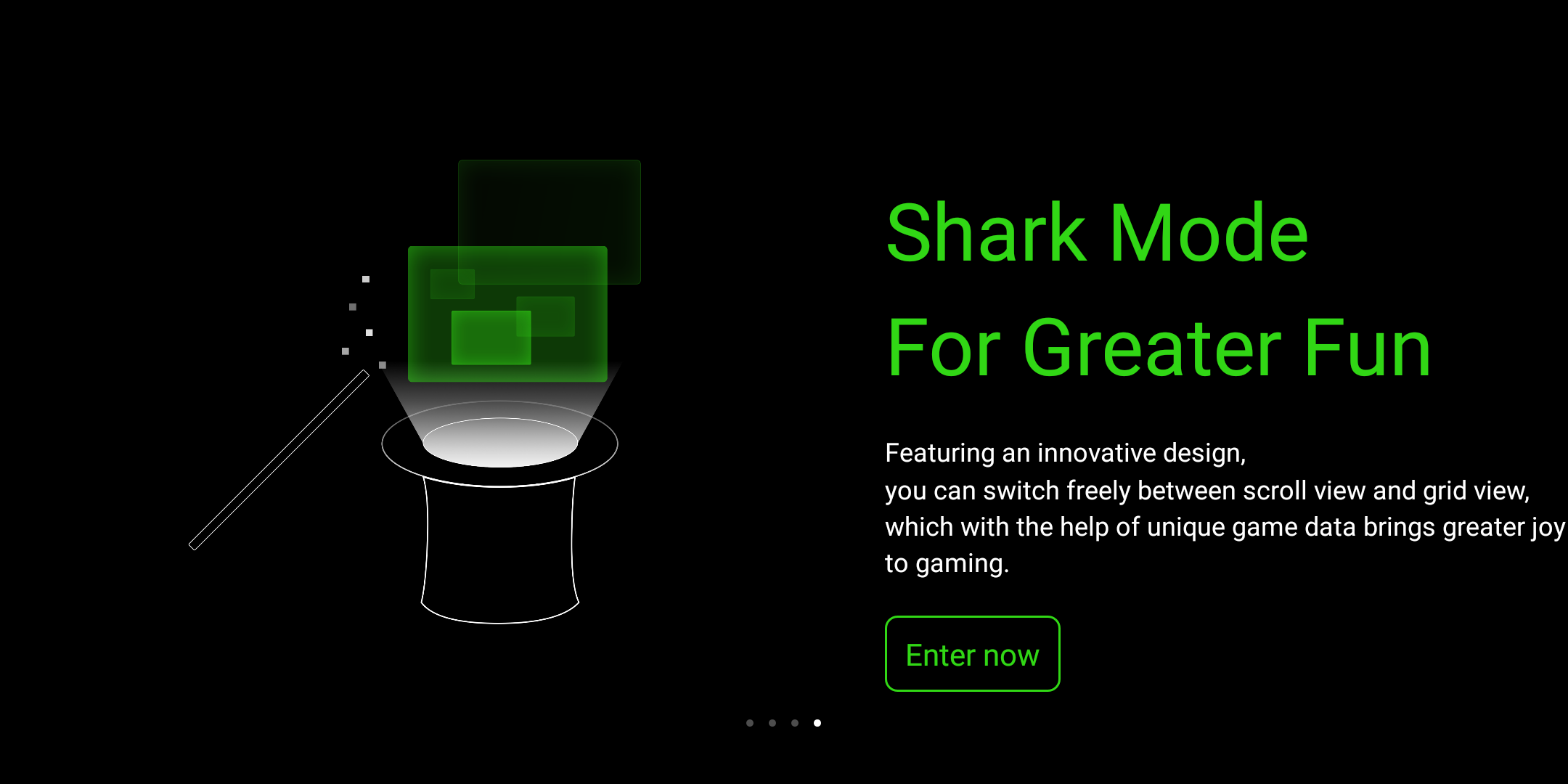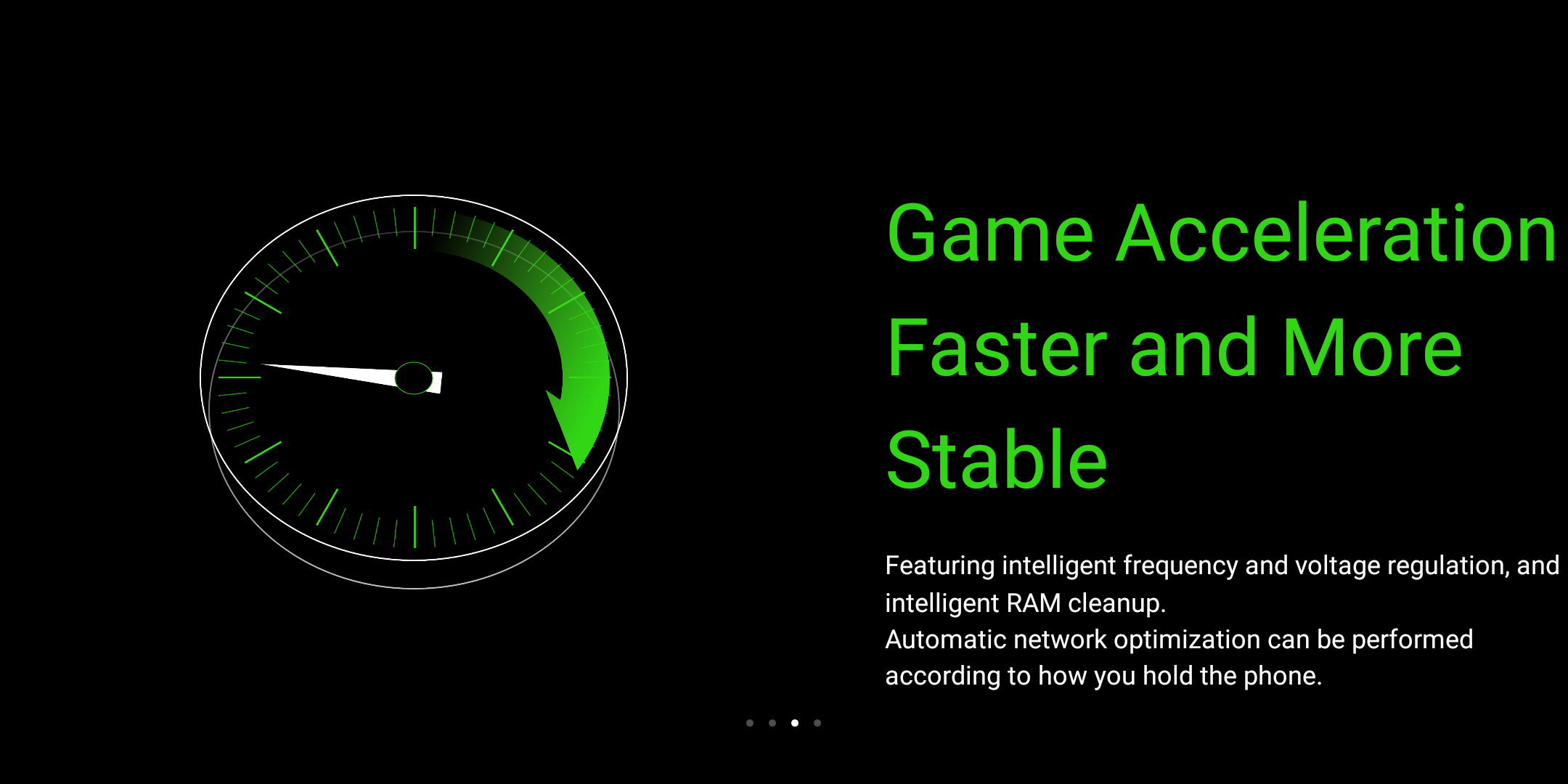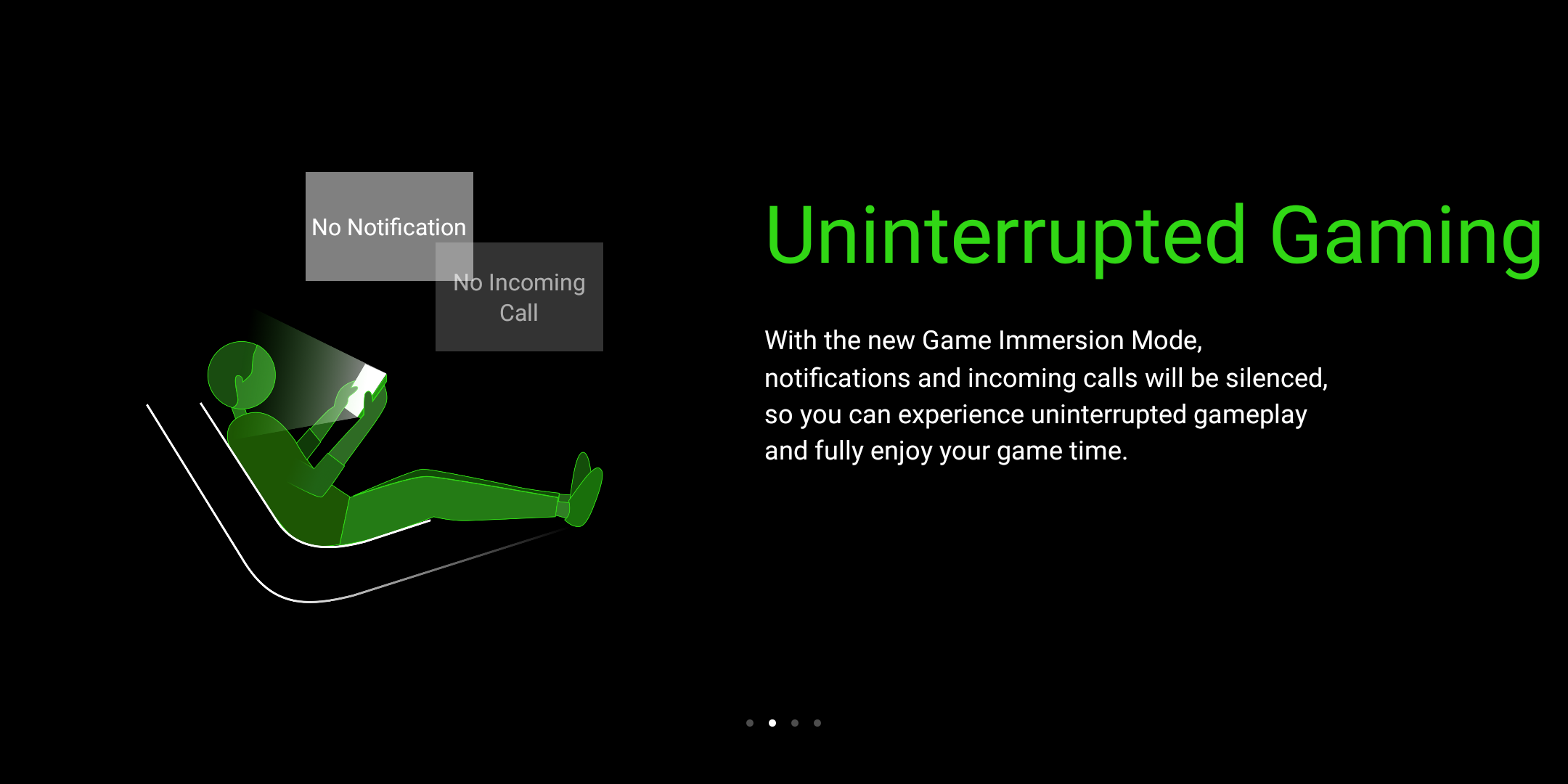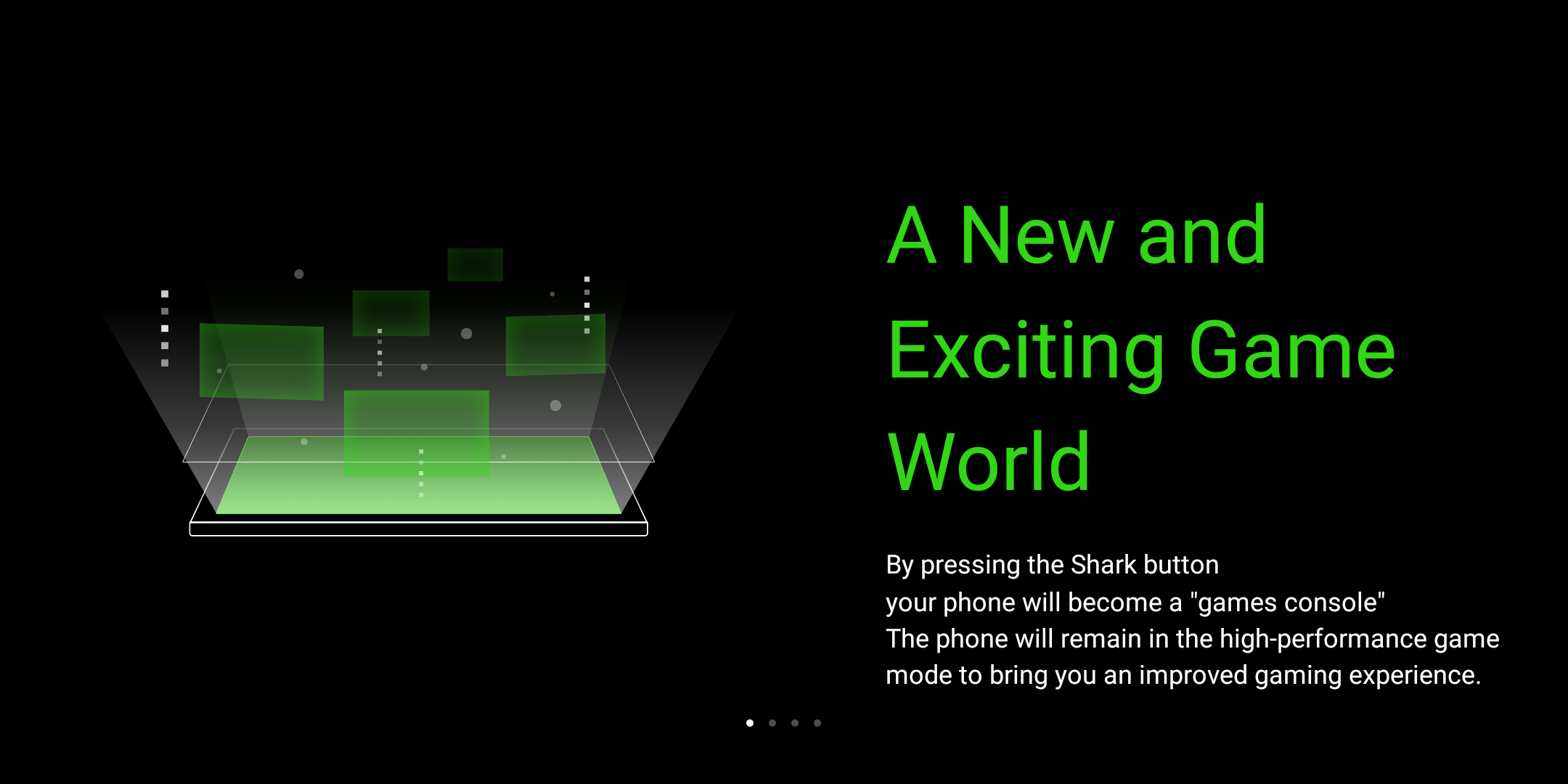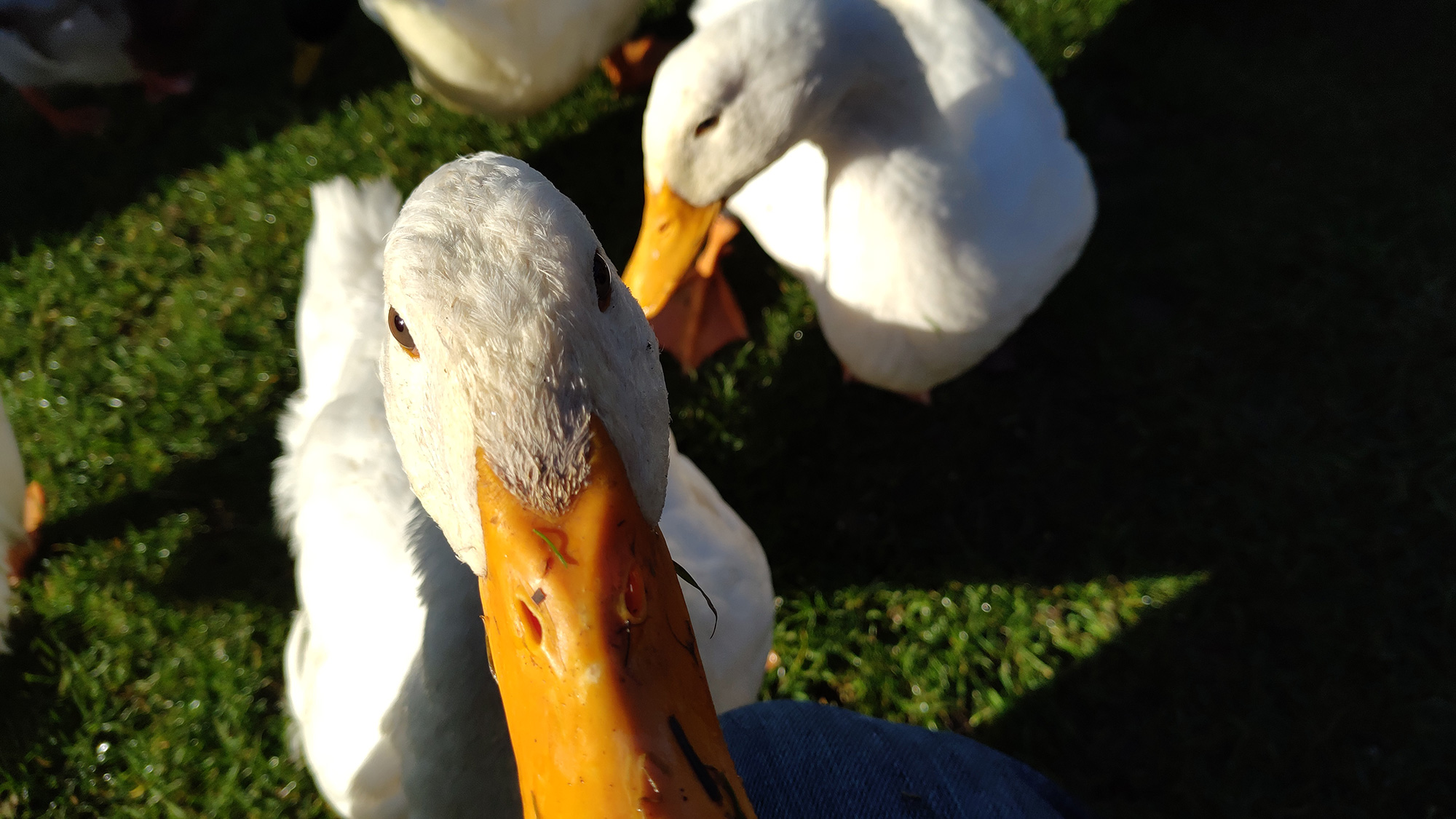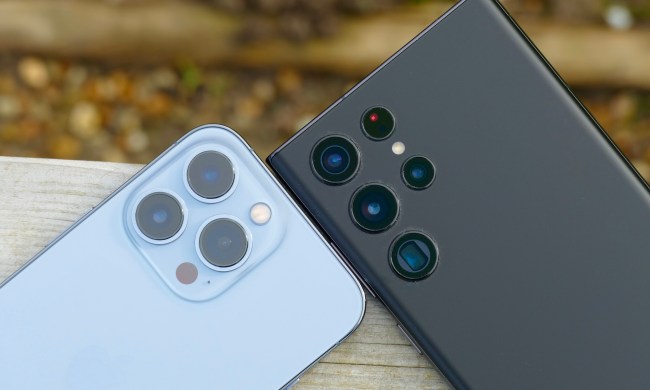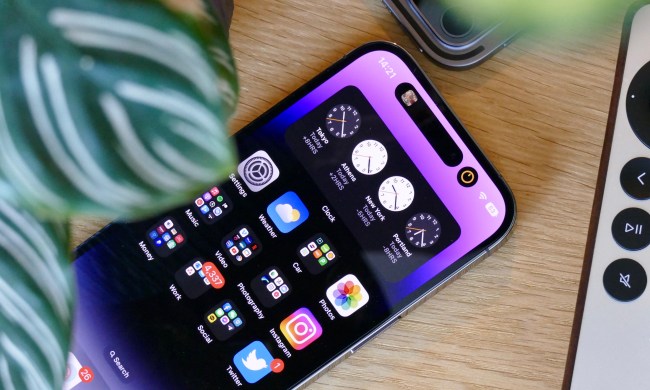“The Black Shark delivers gaming looks and the performance goods, but buggy software holds it back.”
- Unique design
- Great battery life
- Strong performance
- Affordable
- JoyUI is close to stock Android
- Buggy software and “Shark key”
- No wireless charging
- No water resistance
- No NFC for Google Pay
The past year has seen the rise of the gaming phone, with the Razer Phone 2, the Honor Play, and the Asus ROG Phone all tempting us to spend more time on Fortnite. Now, Xiaomi has decided it wants a piece of that pie.
The Chinese giant is muscling its way in by investing in the Black Shark Company’s Black Shark phone. Xiaomi isn’t directly involved with the Black Shark’s manufacture, but its influence is strong. Top-level specs, a bundled controller, and a lower price than much of the competition sound great, but can it live up to expectations? Its value for money and performance can’t be denied, but some seriously dodgy software means the Black Shark is a tough phone to recommend.
A unique but slippery design
The back of the Black Shark has a unique style made to appeal to gamers. We’ve compared other phones to supercars, but the Black Shark looks like a street racer from The Fast & The Furious — all polycarbonate panels, sudden dips, and shimmering green edging. It’s different, and we like it, but many will find it garish and even a little childish.
The front of the phone is more understated, with a fingerprint scanner and sizeable bezels at the top and bottom. This isn’t an edge-to-edge screen, although the sides are slim. The phone is made from a combination of metal and plastic on the back, and glass on the front. It weighs 190 grams (the iPhone XR weighs 194 grams) and feels solid and durable in the hand. The coating on the back panel picked up some scratches just from being in our pocket, so make sure to slap a case on if it shares pocket space with your keys or coins. It’s slippery too, which isn’t helped by the slight hump in the center of the phone’s back. Place this phone on the sofa and it’ll slide towards a swan dive.
The most eye catching aspect on the back is the “S” logo that lights up for notifications, much like the Asus ROG logo on the ROG Phone, or the Razer logo on the Razer Phone 2. A switch on the left side of the phone, called the Shark Space key, controls the phone’s gaming mode. A USB-C port sits at the bottom, and the phone features stereo speakers at either end. They’re decently loud — not as loud as the Razer Phone 2 or the Red Magic Phone — but they can be heard easily. There’s no headphone jack, but there’s a USB-C to 3.5mm adapter included in the box.
A good, no-frills display
You’ll find a 5.99-inch IPS LCD display on the Black Shark. Don’t expect to find the Razer Phone’s 120Hz smoothness or the color depth of an OLED panel here — but the Pixelworks imaging chip does exceptional work in boosting screen fidelity. We put the Black Shark next to the Red Magic Phone, and the darker blacks and stronger colors were obvious in games like Asphalt 9 Legends.
The Black Shark looks like a street racer from the Fast & The Furious series.
The adaptive brightness software wasn’t too clever though, and it would sometimes lock at certain brightnesses. During these times, we weren’t able to manually alter the brightness from the notification shade, and the setting had to be toggled off entirely before the display could be dimmed.
Excellent gaming performance
Great performance is exceptionally important for a gaming-focused device, so it’s not a surprise to see some top-class hardware crammed in here.
The Black Shark has a Snapdragon 845, but not the speedier version found in the ROG Phone, and it comes with either 6GB of RAM and 64GB of storage, or 8GB of RAM and 128GB of storage. There’s no MicroSD card slot, so it’s wise to buy the 128GB model for the sake of longevity. We tested the 8GB/128GB model.
Here are a few benchmarking results:
- AnTuTu 3DBench: 286,163
- Geekbench 4 CPU: 2,411 single-core; 7,100 multi-core
- 3DMark Sling Shot Extreme: 3,648 (Vulkan)
The high AnTuTu score puts the Black Shark above both the Sony Xperia XZ3, the Honor Play, and Razer Phone 2, but below the OnePlus 6T and the Asus ROG Phone. We saw no performance issues throughout our testing period. Apps opened smoothly, and swapping between apps was silky. But what about playing games?
We played Fortnite, PUBG Mobile, and Shadowgun Legends, among others. The Black Shark chewed them all up and spat them out. The phone has a water-cooling system to keep temperatures under control, similar to the Xiaomi-backed Pocophone F1, and the Galaxy Note 9. The phone did get warm, but not hot, during an extended session of Shadowgun Legends, but it didn’t impact performance or make the phone uncomfortable to hold.
A great addition to the Black Shark is the bundled Bluetooth controller that clips over the top of the phone to help make gaming more fun, and games easier to control. Controllers are usually extras you have to pay for, such as on the ROG Phone, Razer Phone 2, and Huawei’s Mate 20 X. The plastic frame clips over the left hand side of the phone, and it fits securely.
The Black Shark’s controller is absolutely the best way to play PUBG Mobile.
However, it’s a mixed bag once on. It didn’t work at all in Fortnite, and the game kicked us out for using an unknown controller. Performance in Shadowgun Legends was also disappointing, and the joystick frequently displayed calibration problems, sending us running the wrong way. It worked best with PUBG Mobile. The combination of the joystick to move and the two trigger buttons to aim and shoot felt far more natural than using touchscreen controls.
The Black Shark’s controller is absolutely the best way to play PUBG Mobile, and we suspect it was designed with this game in mind. We’d like it more if this applied to other games too.
Shark Mode
The Black Shark’s dedicated gaming mode — Shark Mode — is activated by sliding the Shark Space key on the left hand side of the phone. Flipping this switch clears away open processes, mutes notifications, and boots into Shark Mode’s games console-esque interface, so you and the device can focus on gaming.
This interface is genuinely impressive. The green and black aesthetic matches the phone’s style, and it lists each of your installed games in a scrollable carousel. Shark Mode effectively turns the phone into a portable game console. Sadly, this often happens when you don’t want it to, due to the location of the Shark key — it’s too easy to accidentally flick.
While Shark Mode is great when you want to game, it locks you out of your phone’s normal functions, making it terrible to hit by accident — something we often did just by pulling the phone out of a pocket. Part of the issue is the software. It throws you out of any open app, and gives you a five-second countdown to cancel Shark Mode — or you’ll lose all your open apps. It’s frustrating.
No Pie, but plenty of bugs
Curiously for a Xiaomi-backed phone, and unlike the Pocophone F1, you won’t find MIUI laid over Android here. Instead, the global version of the Black Shark runs JoyUI – a variation of Android 8.1 Oreo with a few enhancements from Black Shark. It’s clean, and it’ll please Android purists, as it doesn’t deviate far visually from Android you’d find on a Pixel 3 or an Android One phone.
Most distressingly, the phone shut down several times for no discernible reason.
Unfortunately, we came across a huge variety of bugs in the software, and they plagued our time with the Black Shark. The phone shut down for no reason multiple times, and once refused to restart until the volume down & power key were held together. Add this to issues with Do Not Disturb not toggling off in the morning, leading to missed calls, and the pain of dismissing notifications from the lockscreen by way of the unlock procedure, and the Black Shark became an annoyance.
Weirdly for a phone with capacitive buttons, we ended up used software buttons for the first few days of our review. Neither capacitive key has a backlight, so we weren’t even aware they existed until a software update patched out the software navigation keys, leaving us to eventually discover the existence of the capacitive buttons.
Despite solid performance, this catalogue of bugs meant using the Black Shark was confusing and frustrating. We’ve sent Black Shark a list of our bugs, and hopefully the phone’s software will be patched to deal with these problems. It’s also disappointing to see the Black Shark not running Android 9.0 Pie. Black Shark confirmed an update to Pie was in the works, but couldn’t offer a date for deployment.
Decent camera with focusing issues
The Black Shark has a dual-lens camera comprised of a main 12-megapixel lens with dual pixel PDAF, working alongside a secondary 20-megapixel lens with a 2x telephoto zoom. The majority of the shots we took looked good, with great color depth and contrast in a variety of lighting conditions. Each lens has an f/1.8 aperture, which means shots in low lighting are also surprisingly decent. It’s no Pixel 3 or Huawei Mate 20 Pro — but it’s a good enough set of shooters for most people.
You’ll want to stay still though. A lack of optical image stabilization really hurts the Black Shark’s ability to take quick snaps. The software’s slow focusing speed exacerbates this problem, and many of our shots were blurred. This problem was worse at night, and though the shots were bright enough, they weren’t in focus. Portrait mode is decent, but cannot match the iPhone XR.
Black Shark has also included A.I. scene recognition. Point the camera at a scene and the software will analyze it and change settings to provide the best possible shot. We found it worked especially well on buildings and during night shots.
All-day battery for gaming
There’s no need to worry about losing power in the middle of a crucial game — the Black Shark comes with a whopping 4,000mAh battery to keep it powered up. Coming off the charger at 8.30 a.m., light usage saw it last through to 5 p.m. with 85 percent remaining. Hours of heavier use, with music streaming to a Bluetooth speaker, and a good amount of social media use, still saw us to bed with around 60 percent left in the tank. The capacity is such that two days use is easily achievable with normal use.
Charging includes QuickCharge 3.0 support. We plugged it in at 15 percent, and it hit full charge in an hour and a half. Unfortunately, there’s no wireless charging. But the battery’s strength speaks for itself.
Price, availability, and warranty information
The only way to get the Black Shark in the U.S. is to import it, and there is no official release date yet. It will work on T-Mobile and AT&T, but not on Verizon or Sprint. On average, the 6GB/64GB starts around $400 from online importers, and around $480 for the 8GB/128GB model.
U.K. buyers will have a much better time buying it. Black Shark sells the phone directly for 410 British pounds which converts to about $530, or currently from Laptops Direct starting from 390 British pounds/$500. Black Shark offers a standard one year limited warranty.
Our Take
The Black Shark delivers striking looks, ideal for the keen gamer, and strong performance to back the style up, but buggy software holds it back.
Is there a better alternative?
Yes. If you want a gaming phone, the Asus ROG Phone is our pick, followed by the Razer Phone 2, plus both are available in stateside. However, you’re going to have to pay more for them. Outside the U.S., the Red Magic Phone and the Honor Play are also good choices.
If you don’t strictly need the “gaming phone” tag, then the OnePlus 6T offers great gaming performance, slick looks, and a solid camera for $549. You won’t have the cool controller accessory, but a Bluetooth controller can fill in that gap. In fact, any phone on our best smartphones list will deliver great gaming performance.
How long will it last?
The powerful Snapdragon 845 will provide the Black Shark with excellent performance for some time, and you may grow out of the looks before it’s technically out-of-date. There’s no water-resistance, and while the phone’s body isn’t made from fragile glass, it’s slippery — so you’ll want to take measures to protect it if you’re prone to clumsiness.
Software updates are a problem. The Black Shark’s JoyUI means there is a question mark over them for now, as the company does not have an established track record to judge when and if they will arrive. Like other high performance phones, it’ll remain a good companion for two years at the minimum, but the software is a concern.
Should you buy it?
No. While the Black Shark delivers the required degree of gamer chic, unless you’re exceptionally taken by its style, buggy software and availability issues mean there are plenty of better alternatives.







